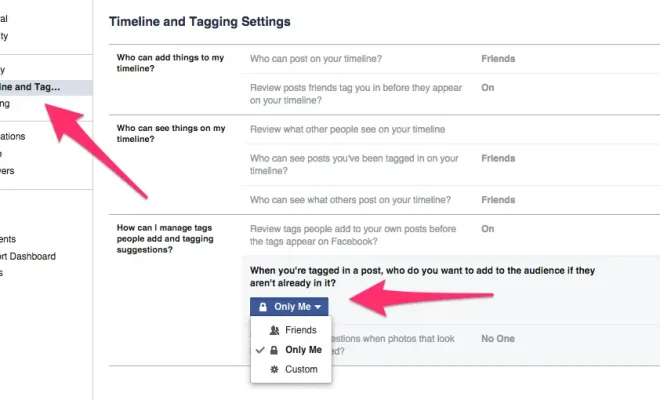What Is Lens Flare in Photography? How and Why It Happens

Lens flare is a phenomenon that affects photography, causing a bright and sometimes distracting light pattern to appear in images. It occurs due to the interaction between a camera lens, a light source, and the position of the lens in relation to the light source. In this article, we will discuss what lens flare is, how it happens, and why it occurs.
What is Lens Flare?
Lens flare is a common issue in photography, causing an unwanted and often distracting bright light pattern to appear in images. It is created when light rays reflecting inside the lens, produce an effect similar to that of the reflection of light in water. This effect is known as a “ghost” or “reflected image,” and it can be seen as a series of concentric circles, polygons, or even hexagons around the light source.
How Does Lens Flare Happen?
Lens flare happens when you’re taking a photo, and the sunlight or bright light source is in the frame or just outside of it. When the light hits the lens, it can reflect or refract inside the lens, creating a ghosted image on the frame. The more light that hits the lens, the more significant the flare will typically be.
Another way lens flare occurs is when the light source is behind the subject. The light scatters and reflects inside the lens creating a soft haze. This technique can be used creatively to introduce certain effects in the image, such as a glowing effect or to add warmth to the image.
Why Does Lens Flare Occur?
Lens flare occurs due to various reasons, one reason being the design of the lens itself. Every lens is designed differently, and the coatings on the lens elements can vary, affecting the way light is reflected or refracted. Some lenses are more susceptible to lens flare than others. For example, older lenses or cheaper lenses usually don’t have coatings that help minimize flare.
The camera settings also play a significant role in how lens flare occurs. For instance, a wide-open aperture (small f/number) with a lower shutter speed brings in more light, making the lens more susceptible to lens flare.
Additionally, the position of the lens in relation to the sun’s position can also affect lens flare. If you are shooting directly into or away from the sun, you will be more likely to encounter a flare than if the sun is off to the side of your subject.






